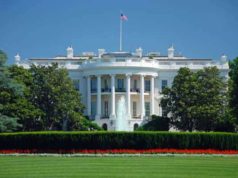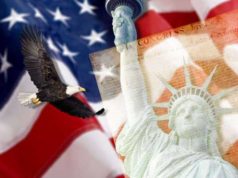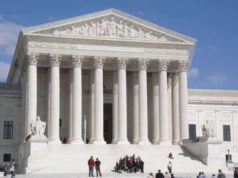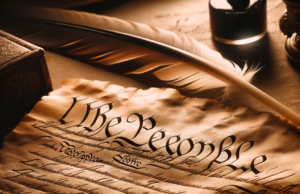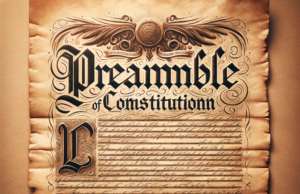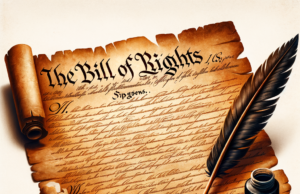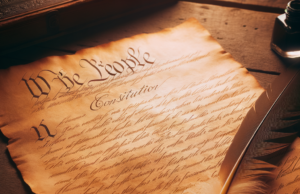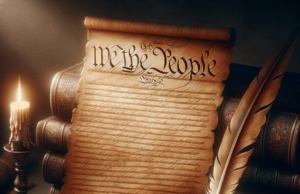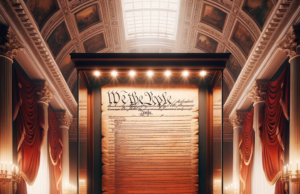
John Adams: A Founding Father and Second President of the United States
John Adams (1735-1826) was a prominent American Founding Father and the second President of the United States. A gifted lawyer, writer, and diplomat, Adams devoted his life to the pursuit of liberty and justice, leaving behind a legacy of intellectual achievement and political courage. In this article, we will explore the life, work, and achievements of John Adams.
Early Life and Education
John Adams was born on October 30, 1735, in Braintree, Massachusetts (now known as Quincy, Massachusetts), to a family of modest means. His father was a farmer, the deacon of the local Congregational Church, and a strong supporter of the Whig Party. Adams was educated at Harvard College, earning a Bachelor of Arts degree in 1755 and a Master of Arts degree in 1758.
Career in Law and Politics
Adams started his career as a schoolteacher but soon shifted his focus to the law. He was admitted to the Massachusetts bar in 1758 and practiced law in Boston for several years. Adams became known for his passionate defense of individual rights and constitutional liberties, as well as his opposition to British colonial rule. He quickly established a reputation as one of the most prominent and successful lawyers in Massachusetts.
Adams entered politics in the 1760s, serving in the colonial legislature and then in the Continental Congress. He was a key participant in the struggle for American independence, helping to draft the Declaration of Independence and working tirelessly to secure diplomatic and military support from France. Adams was also a key figure in the negotiation of the Treaty of Paris, which formally ended the Revolutionary War and recognized American independence.
Presidency
In 1796, Adams was elected the second President of the United States, succeeding George Washington. His presidency was marked by international crises, including the Quasi-War with France and tensions with Britain. Adams was a vocal supporter of the United States Navy, which he saw as crucial to protecting American interests at home and abroad.
One of Adams’s most significant achievements as president was the signing of the Alien and Sedition Acts in 1798. These laws, which were intended to protect national security and prevent seditious behavior, were controversial and led to accusations of government overreach and suppression of free speech.
Despite his many accomplishments, Adams was not re-elected for a second term, losing to Thomas Jefferson.
Legacy
John Adams’s legacy is significant, both for his contributions to the American Revolution and for his key role in the formation of the American government. Adams was a vocal advocate for individual rights and was one of the key architects of the Constitution and the Bill of Rights.
In addition to his political legacy, Adams is also remembered for his extensive writings. He was a prolific correspondent, and many of his letters and other writings have been published. Perhaps his most famous work is his autobiography, which provides an in-depth look at his life and opinions.
Conclusion
John Adams was a man of great intelligence, passion, and conviction who devoted his life to the pursuit of justice and freedom. His contributions to the founding of the United States were significant, and his legacy continues to shape American politics and society today. Adams’s life and work are a testament to the importance of knowledge, principles, and the courage to stand up for what is right, even when it is unpopular.
James Madison was an innovative political philosopher and the 4th President of theUnited States of America. Madison is one of the more unique Founding Fathers,for his interpretation on the inclusion of individual rights in the Constitutiondrastically shifted. Known as the”Father of the Constitution”, Madison was the principle author of the Bill of Rights and a leader in the first United States Congress. The fluctuation in Madison’s ideology stemmed from his jump from the Federalist Party to the Anti-Federalist Party.
Madison originally was a principle author of theFederalist Papersand stressed the importanceof an appropriate balance of powers between the Federal and State governments.In many of the Federalist publications Madison claimed that a large countrywith an assortment of interests could better support republican values, more sothan a fragmented country with individual governments. Although this interpretation was ignored at the time, the viewpoints expressed were adopted by the Pluralist Party in the 20th Century.
Along with John Jay and Alexander Hamilton, Madison sought to overhaul the Articles of Confederation and alter the document’s drastic separation of powers between the State and central governments. At thePhiladelphia Convention in 1787, the often shy Madison proposed the Virginia Plan, which in essence was the establishment of the modern three-branch Federal system. Madison’s intent in congruency with the Federalist platform was to create a powerful and efficient central government capable of overruling State actions.
During ratification meetings and open forums, Madison consistently argued for the proposed 3-branch system and claimed that individual liberties or empowered State governments would impede the long term goals of a newly founded nation. In the late 1780s, Patrick Henry and George Mason desired an inclusion of individual liberties (the Bill of Rights) into the United States Constitution. These menas well as other supporters of the Bill of Rights were considered opposition toJames Madison and prominent Federalist leaders. Although the stances seemed concrete, Madison later acknowledged the points raised by the Anti-Federalists and quickly focused his energies on authoring a set of Amendments which guaranteed the individual definitive liberties.
The initial stance taken by Madison revolved around the separation of powers and the need for a fully functional Federal Government.Madison originally claimed that the inclusion of individual rights was superfluous; the original Constitution inherently offered such rights through interpretation. The influential politician felt as though individualrights were not as crucial as empowering the central government. Madison also believed that State governments already offered a series of individual freedoms and their success generally proved futile.
The Democracy of America proved to be the Federalist Party’s largest barrier. Inorder for the original Constitution to be ratified the states had to agree onthe principles outlined in a 3/4 majority vote. Although his intentions are still cloudy, many believe that Madison eventually authored the Bill of Rights to appease the Anti-Federalist Party in a compromise to ratify the three-branch Federal system and original Constitution. James Madison offered a series of 12 proposed Amendments in June of 1789. The proposed package contained a plethora of individual liberties that still preside over society today. The proposal was later ratified to 10 Amendmentsand the official United States Bill of Rights was included in the Constitutionin 1791. Whatever his intentions may have been, Madison authored arguably the most significant set of individual freedoms found in the United States’ principle legal doctrine.
James Madison’s drastic political shift becamemore conspicuous after the adoption of the Bill of Rights. While serving inCongress Madison joined forces with Thomas Jefferson in an attempt to limit thepower of the Federal Government. Madison, along with Anti-Federalist Party members, grew horrified at George Washington and Alexander Hamilton’s efforts to build a government reminiscent of the abusive and tyrannous British Parliament.
Madison andJefferson shared similar viewpoints up until 1812, where the war exposedAmerica’s ineptness in the form of a weak centralized government. Althoughhistorians have disagreed on Madison’s political vacillations, his efforts,accomplishments (most notably the Bill of Rights), and impact on Americansociety cannot be ignored.

